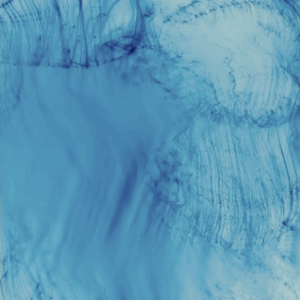JTF (just the facts): A total of 16 color photographic works, variously framed, and hung against white walls in the main gallery space and the smaller project room. The following works have been included in the show:
- 6 archival pigment prints, 2019, 2020, 2021, 41×33, 46×37, 51×41 inches, in editions of 4+2AP
- 1 archival inkjet print on cotton jersey, fabric, artist’s frame, 2020, 40×32 inches, in an edition of 1+1AP
- 1 archival pigment print on canvas, artist’s frame (three parts), 2021, each panel 32×24 inches, in an edition of 3+2AP
- 1 archival pigment print on canvas, artist’s frame, 2021, 49×36 inches, in an edition of 3
- 7 archival inkjet prints on canvas, artist’s frame, 2018, 23×19 inches, in editions of 3
(Installation shots below.)
Comments/Context: In 1935, the Museum of Modern Art commissioned Walker Evans to make photographs of the sculptures included in the exhibit African Negro Art. Evans’s black-and-white Modernist images of the sculptures were reproduced in the catalog Perfect Documents, and given that some of the works couldn’t travel, the photographs themselves also toured as an exhibition. For many, these photographs were their first introduction to African art, and Evans’s pared down aesthetic (the works were generally isolated in front of blank grey backgrounds) created its own framework of deadpan artistic interpretation.
For many contemporary African American artists, the Evans photographs represent a conflicted slice of personal history that they are actively trying to reclaim. Underneath their elemental formal style, the pictures are freighted with the white gaze, the “othering” of Africans and African art, the stark decontextualization of the setup (removing any sense of history, connection, or natural place), and the broader legacies of colonial theft and appropriation, among other issues and questions. Responding to the photographs has become one way for artists to wrestle with their own heritage, and to re-establish their own authentic connection to these art objects.
David Alekhuogie’s recent works take the Evans photographs as a starting point for a layered exercise in re-interpretation. While John Edmonds has re-staged African statues on shimmering golden sheets to celebrate their regal and religious grandeur and arranged masks and objects in conversation with portrait sitters to explore nuances of connection and identification (reviewed here), Alekhuogie has opted for a more tactile interaction with the Evans materials.
In each of the works from the series “A Reprise”, Alekhuogie has taken a two-dimensional Evans photograph of a sculpture and rebuilt it in three physical dimensions, often by affixing facets of the photograph to wood sheets, which have then been assembled to better recreate the presence of the original object. From there, he has used tinted lighting and dramatic cast shadows to active the objects, or staged the pieces against patterned African textiles and the open spreads of the original catalog, deliberately re-mixing the available contexts. The resulting works acknowledge the complex art historical legacy of the Evans photographs, while also replacing the original aesthetic austerity with something more vibrant and alive, nesting images and representations into a confidently conflicted reconfiguration.
Alekhuogie applies a similar kind of rethinking to an image of two Black men in crisp white chef’s attire standing behind a barbeque under leafy trees. This photograph is framed and then hung inside an off-kilter frame filled with an image of red plaid African fabric, the frame-within-a-frame structure offering an alternate context for the awkward servant setup. The work’s title post colonial bush breakfast “no wahala” makes explicit the competing layers of role-playing and personal history found in the work, and highlights the amplified tension simmering right underneath the surface.
In the side room, Alekhuogie brings us back to a 2018 project made in Los Angeles. In each work, a black and white photograph of a man’s belly and waistband is interrupted by lush dappled light/shadow, flowers, and other greenery, and then rephotographed. The images play with Black male stereotypes of low slung pants and exposed waistbands, mixing symbols of aggressiveness with natural delicacy, while locating each image (via latitude and longitude coordinates in the title) in a place of significance or history for the artist. Housed in plywood boxes and printed on canvas, the series foreshadows some of the same layering techniques found in his more recent works.
For an artist interested in unpacking images that come with so many embedded meanings and resonances, the telescoping physicality of his constructions has offered Alekhuogie more degrees of photographic freedom than a single image normally presents. With each successive project, he’s refining this aesthetic vocabulary, and finding innovative ways to lodge conflicting ideas in integrated expressions. It’s this stratification of dissonance that gives Alekhuogie’s works their bite, and opens up some intriguing photographic whitespace for him to explore further.
Collector’s POV: The works in this show range in price from $4000 to $8000, based on size, with the three panel work at $12000. Alekhuogie’s work has little secondary market history at this point, so gallery retail remains the best option for those collectors interested in following up.















